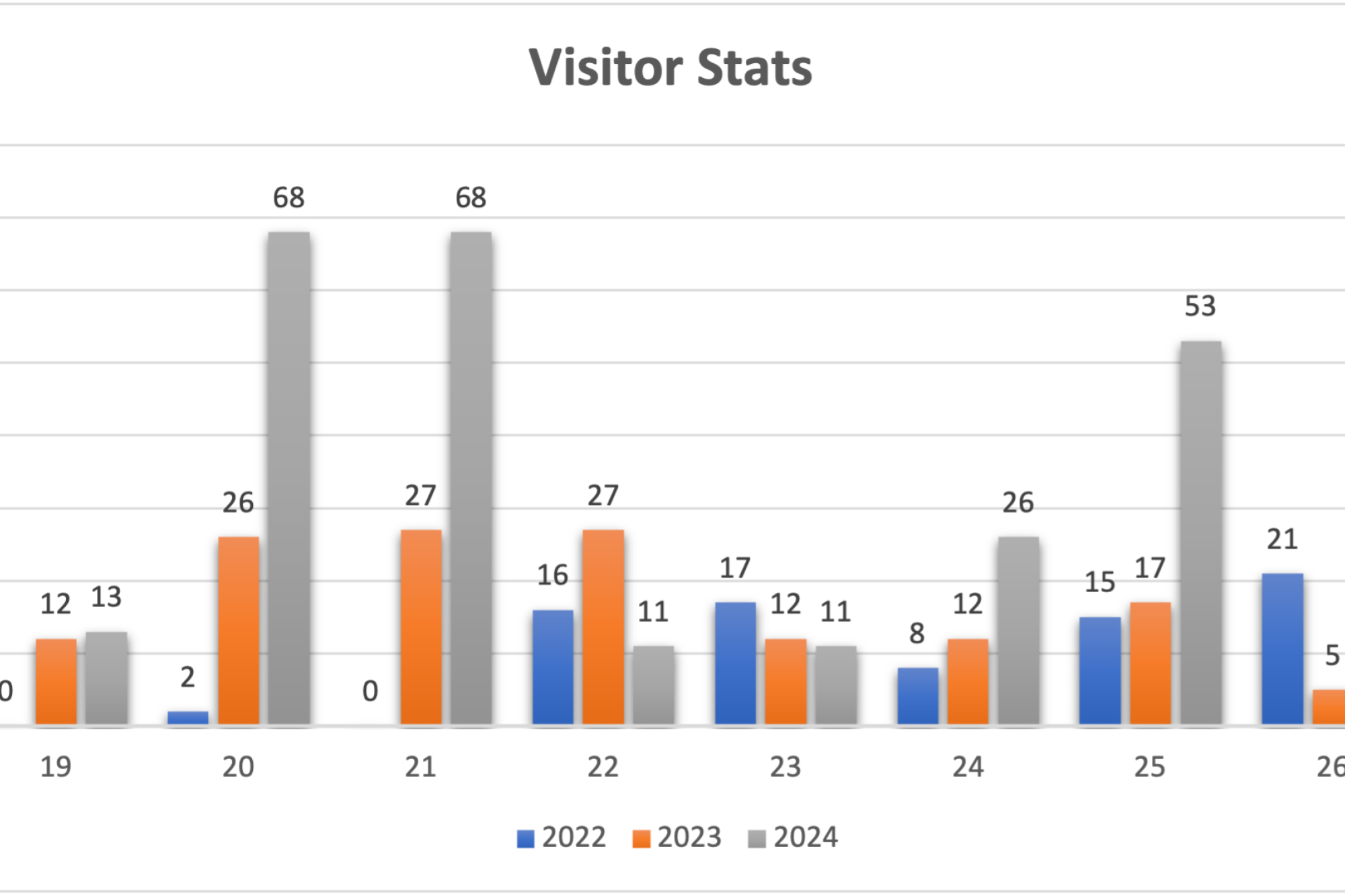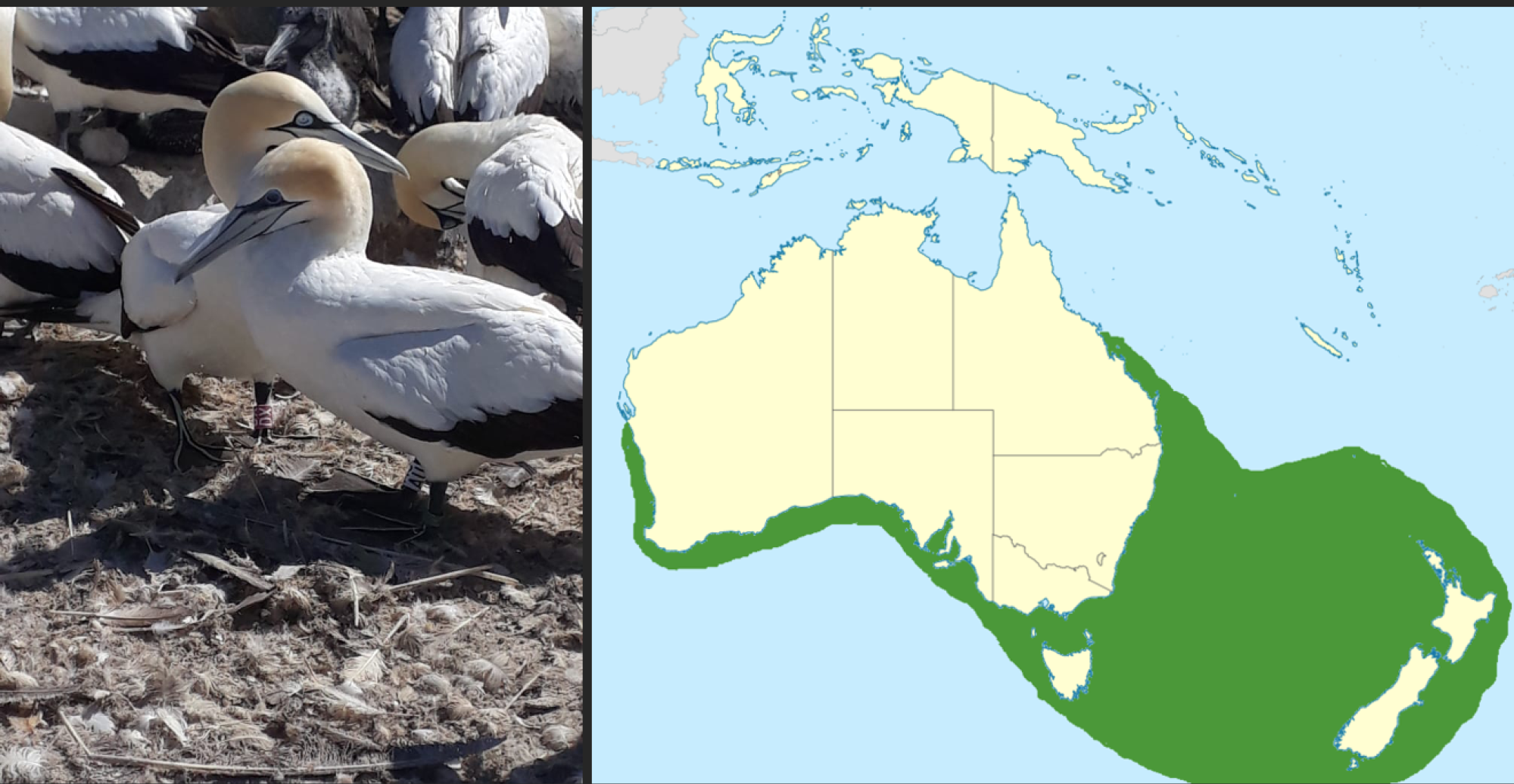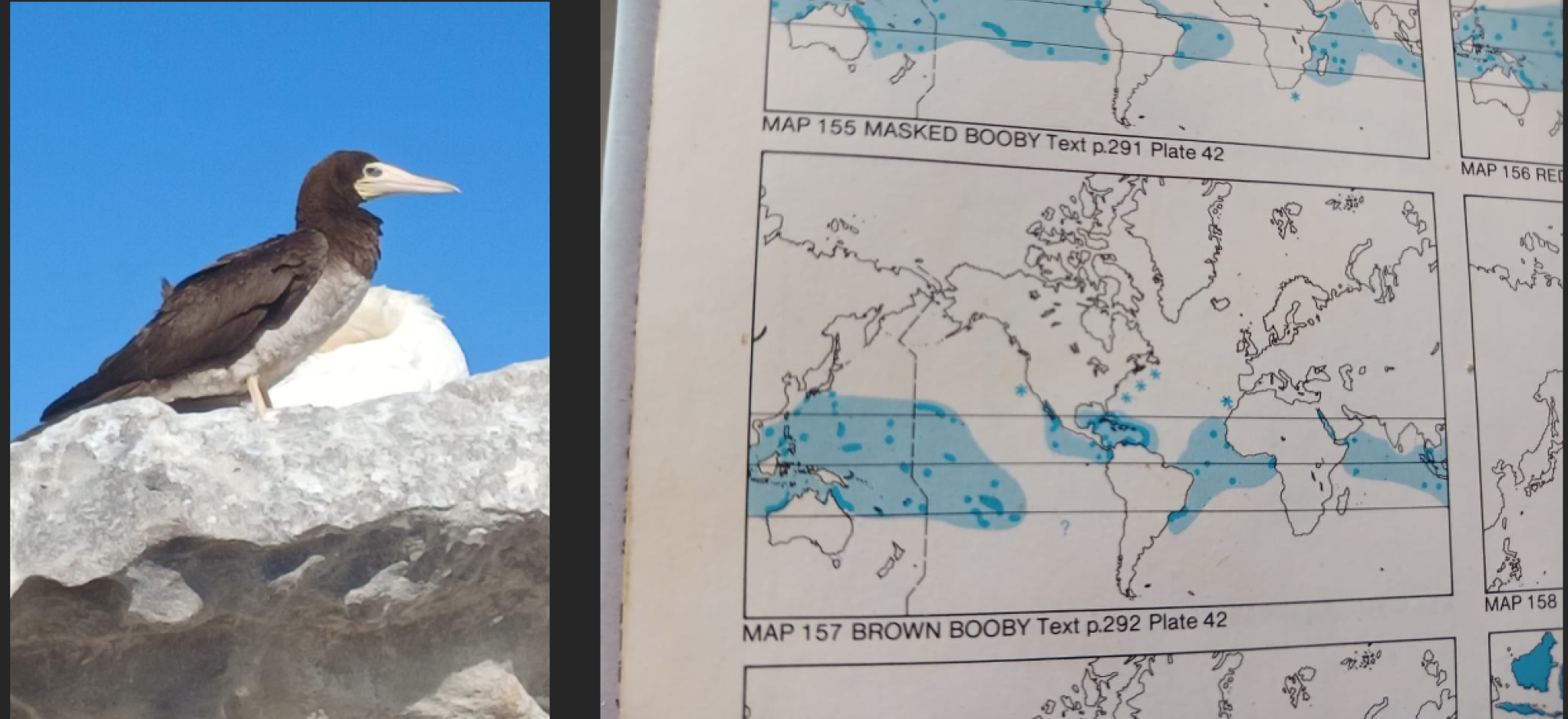Rare Visitors to Bird Island
Bird Island became one of the West Coast’s favourite Birding spots during the festive period of December 2023 to January 2024.
Due to the international significance of two bird species, Brown boobies and Australian gannets, many people from across the country contacted Bird Island staff and the local tourism burau at Lambert’s Bay for confirmation of the species. Once the Birders became aware of the presence of Brown boobies at Bird Island, they booked flights to Cape Town and further travelled by car to Bird Island where they spent a few days in the tourist town of Lamberts Bay.
The presence of 4 Australian gannets, and 2 Brown boobies, could also be a result of climate change. The tourism figures for the past three years show the number of visitors drawn to both bird species.
Visitor Statistics
The graph below compares the following years:
- 19 January 2022 – 26 January 2022 (Blue bars) to
- 19 January 2023 – 26 January 2023 (Orange bars) to
- 19 January 2024 – 26 January 2024 (Grey bars).

The January 2024 figures shows a clear spike in visitor’s numbers due to the rarities on the Island.
Australasian Gannet – Morus serrator
The Australasian Gannet's range is limited to Australia, Tasmania, New Zealand, and the islands located between Australia and New Zealand. Around 55,000 pairs made up its population in 2006. Due to its large and increasing population the Australasian Gannet is classified as a species with low conservation concern by the IUCN, unlike the Cape Gannet which is considered vulnerable to endangered. The biggest colony of Australasian Gannets can be found at Cape Kidnappers, located on the East Coast of the North Island of New Zealand, and is the only colony that tourists can visit, just like Bird Island in South Africa.
A colony was founded on the mainland of New Zealand at Young Nick’s Head in September 2008, with decoys and pre-recorded calls used to attract passing Gannets. Breeding success was observed at this location starting from the 2010-2011 breeding season. There is a lack of population statistics for this newly established colony, indicating that it is still in its early stages of development. Decoys were used on Bird Island in Lamberts Bay, South Africa in July 2006 to attract the Gannet colony back after they had left the island due to seal predation during breeding season in December 2005. The use of decoys helped to successfully revive the Gannet colony during the conservation effort. The implementation of decoys in New Zealand in 2008 might have been mimicking Bird Island Lamberts Bay.
According to literature, Southern Giant Petrels are predators of this species and have been observed drowning adult individuals. Adults who are disturbed may attract Kelp and Pacific gulls to eggs and small chicks. Seal predation, a significant threat to Cape Gannets, is not mentioned. The reason behind these Australasian Gannets arriving at Southern African shores is unknown, but clearly related to the climate. The frequency is not uncommon, as they have been seen at Malgas Island multiple times, and was also observed individuals on Ichaboe and Mercury islands in Namibia during the 1990s.
One of the 4 Australasian Gannets seen on Bird Island was ringed on Malgas Island in 2022, and is now living on Bird Island with a Cape gannet. This indicates the species may be unable to return and seems comfortable among the Cape Gannets due to an unknown event. After a rare bird is reported in a specific area, it is quickly shared on birdwatching social media platforms, generating an immediate response from bird enthusiasts.
The primary reason is that it could simply be a temporary visitor that might disappear by the next day. Luckily, the public had the opportunity to witness the species for a long time, with 4 individuals being spotted at Bird Island, all of which were identified with rings by different researchers between 2022 and 2024. Enthusiastic birdwatchers, twitchers, and enthusiasts who were eager to add a new bird species to their list quickly travelled to Lamberts Bay from various parts of the country. This helped boost the town's economy, especially in the hotel and bed-and-breakfast sectors. Some visitors were fortunate enough to see the desired bird and leave town promptly, while others spent entire weekends without success, being compelled to extend their stay or return multiple times before finally spotting the rare bird. Witnessing the successful spotters' enthusiasm was quite charming to see.

Australasian Gannet in the foreground with Distribution map, Cape Gannet partner in the background
Brown Booby – Sula leucogaster
The Brown Booby is the most abundant out of the 6 booby species, with around 200,000 individuals worldwide, found across the pan tropical. Despite its large population and wide distribution, the IUCN classifies it as a species of least concern.
A rare vagrant was spotted in Southern Africa by Y Chesselet on Mercury Island in the mid 1990's, which remains a unique occurrence.
They reproduce on islands located off the Pacific coast in the Gulf of Mexico and islands in the Caribbean. They reproduce in big, scattered groups (unlike the compact groups of Gannet family).
They typically lay 2 eggs, but usually only manage to successfully raise 1 chick because the second one either struggles to compete for food with its older sibling or is rejected from the nest altogether. Cape gannets usually do not lay 2 eggs, but on two occasions at Bird Island, this occurred successfully, indicating that a particular female may have a genetic predisposition to lay 2 eggs. They dive into the water like Gannets do, but they also engage in clepto-parasitism by taking food from other seabirds, including Frigate birds known for stealing food from other seabirds. Additionally, they capture flying fish. They are especially vulnerable to tropical storms that can disturb their navigation and strand them thousands of kilometres away from their typical habitat, as likely happened to the bird-on-Bird Island.
The Boobies' appearance on Bird Island, along with the Australasian gannets, led to a significant rise in tourist numbers due to word spreading quickly about their presence.

Brown Booby distribution map
The adult and young boobies were present on the island sporadically from 19/01/2024 to 08/03/2024, consistently in the same location, making them easily visible for photography. Then they vanished, hopefully returning to the tropical regions.





